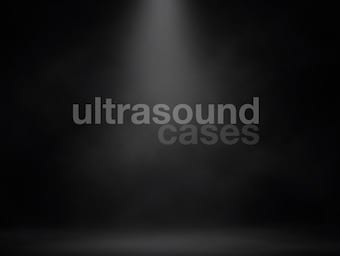
Ultrasound Case 064
A 15 year old boy has had vomiting and diarrhoea for 2 days. He has developed increasing right iliac fossa pain which has suddenly increased and is colicky in nature.

A 15 year old boy has had vomiting and diarrhoea for 2 days. He has developed increasing right iliac fossa pain which has suddenly increased and is colicky in nature.

Transferring the Critically Ill: key principle is that the standard of care should not decrease during or after retrieval of a critically ill patient

OVERVIEW The Fragility Index is the minimum number of patients whose status would have to change from a nonevent to an event that is required to turn a statistically significant result to a non-significant result The smaller the Fragility Index,…

Oh no, why on earth did you order a CRP?!

Autoimmune conditions may coexist, look for these conditions in patients with an autoimmune disorder.

Differential diagnosis of anosmia - loss of the sense of smell.

Freshly voided urine is clear and transparent. Cloudy urine may be caused by crystals, deposits, white cells, red cells, epithelial cells or fat globules. Further evaluation with centrifugation, microscopic examination, heating or with ether generally determines the cause of the turbidity.

Key infections, organisms and suggested treatments; antibiotic selection varies by geographic location and institution - consult local guidelines and sensitivity patterns

Anaphylaxis is a severe, life-threatening, generalised or systemic hypersensitivity reaction. It is characterised by rapidly developing life-threatening airway (pharyngeal or laryngeal edema) and/or breathing (bronchospasm and tachypnea) and/or circulation (hypotension and tachycardia) problems usually associated with skin and mucosal changes.

Malabsorption can result from pancreatic enzyme deficiency, bile salt deficiency, defects of the absorptive epithelium and defects in removing absorbed fat from the epithelium.

Lower gastrointestinal haemorrhage is classically bleeding from below the ligament of Trietz (the suspensory muscle of duodenum that connects to the diaphragm), and is characterised by hematochezia (blood passed in or with the stools) or rectorrhagia (blood leaking from the rectum). Massive upper GI bleeding may also present with hematochezia.

Abnormalities of the liver detected on palpation include: firm and irregular liver, tenderness, and pulsatility. See also hepatomegaly and hepatosplenomegaly. Differential diagnosis